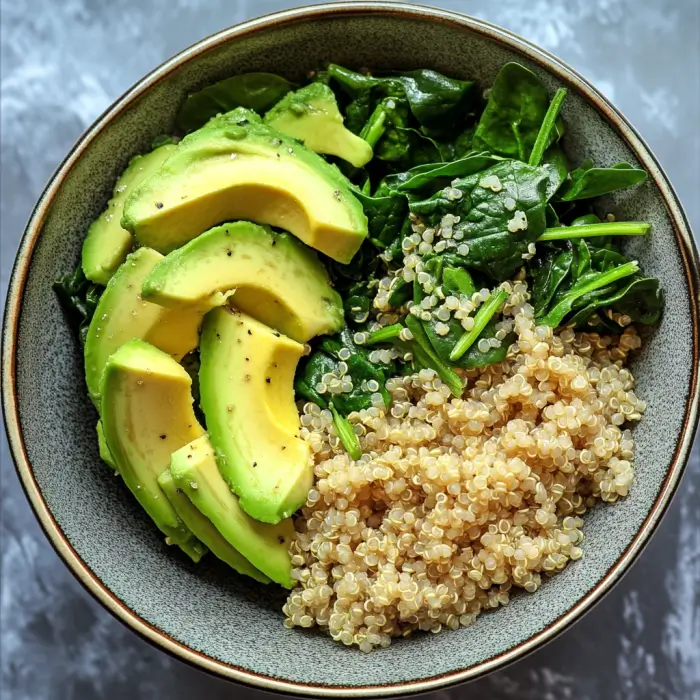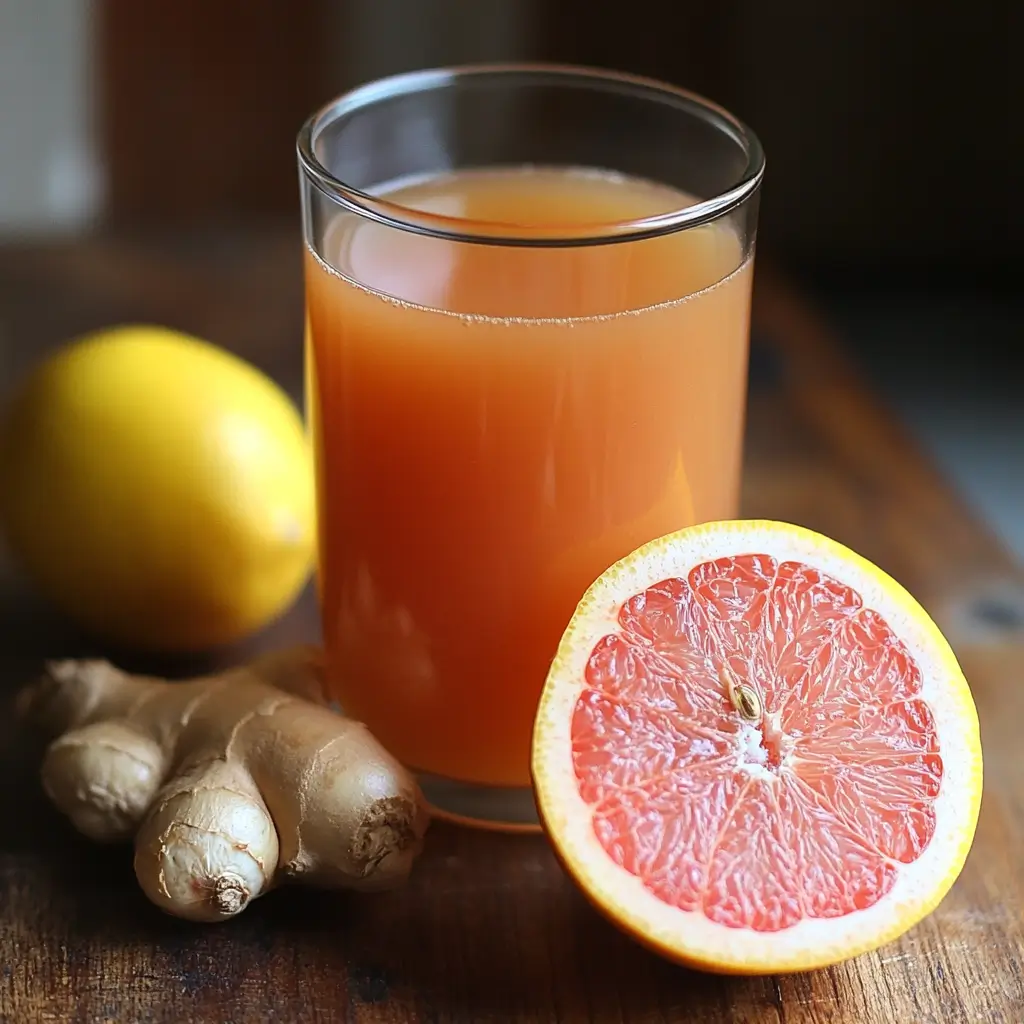
What Is Considered Overweight for a 5’2″ Female?
Understanding what is considered overweight can help set realistic, healthy goals and promote well-being. For a female who is 5’2″ (157 cm), various factors come into play when determining if her weight falls within a healthy range or is considered overweight, including body mass index (BMI), body composition, and individual health indicators.
1. Using BMI as a Basic Guideline
The Body Mass Index (BMI) is a common tool used to assess whether an individual’s weight falls within a healthy range for their height. While BMI doesn’t account for muscle mass or distribution of body fat, it’s a quick general guideline to assess weight categories.
Here’s how BMI ranges translate for a 5’2″ female:
- Underweight: BMI below 18.5 (less than 101 lbs or 45.8 kg)
- Healthy weight: BMI between 18.5 and 24.9 (101-136 lbs or 45.8-61.7 kg)
- Overweight: BMI between 25 and 29.9 (137-163 lbs or 62-74 kg)
- Obesity: BMI over 30 (164+ lbs or 74+ kg)
Using this metric, a 5’2″ female would be considered overweight if she weighs between 137 and 163 lbs and obese at 164 lbs or more.
2. Limitations of BMI
BMI, while useful, has limitations because it doesn’t differentiate between muscle and fat. A person who has a high muscle mass, such as an athlete, may have a higher BMI without having excessive body fat. Alternatively, people with a lower BMI could still have high body fat percentages, especially if they are sedentary or have lower muscle mass.
3. Using Waist Circumference and Waist-to-Hip Ratio
Waist circumference is another important indicator of health that can complement BMI. For women, a waist circumference above 35 inches is associated with a higher risk of heart disease, diabetes, and other health issues, regardless of BMI. Calculating the waist-to-hip ratio can also help to determine whether a female is carrying weight in areas that may indicate higher health risks.
- Healthy waist circumference for women: Less than 35 inches
- Healthy waist-to-hip ratio for women: Below 0.85
4. Body Fat Percentage as an Indicator
Body fat percentage is a more specific indicator of body composition than BMI. The average body fat percentages by category are as follows:
- Essential fat: 10-13%
- Athletes: 14-20%
- Fitness: 21-24%
- Acceptable: 25-31%
- Overweight/Obese: Over 31%
A female who is 5’2″ and has a body fat percentage above 31% would be considered overweight, even if her BMI is within a healthy range.
5. The Importance of Overall Health Indicators
Ultimately, the goal is not to achieve a certain number on the scale but to maintain a balanced approach to health. A few questions to consider:
- Energy levels: Does she feel energized, or is she often fatigued?
- Physical fitness: Can she engage in physical activities without strain?
- Health screenings: Blood pressure, cholesterol, and blood sugar levels are essential indicators of health that are unrelated to BMI.
6. Tips for Maintaining a Healthy Weight
For those looking to maintain a healthy weight, focusing on lifestyle habits can be more effective than focusing solely on BMI or the scale. Here are some practical tips:
- Balanced diet: Incorporate whole foods, lean proteins, whole grains, and plenty of vegetables.
- Regular exercise: Aim for a mix of cardio and strength training exercises.
- Mindful eating: Pay attention to hunger and fullness cues and practice portion control.
- Sleep and stress management: Quality sleep and stress management play a vital role in overall health.
Conclusion
A 5’2″ female would generally be considered overweight with a BMI above 25, or roughly over 137 lbs, but there are many factors to consider beyond weight alone. Monitoring body composition, waist circumference, and general health indicators provide a fuller picture of health, encouraging a balanced, long-term approach to weight management.







































